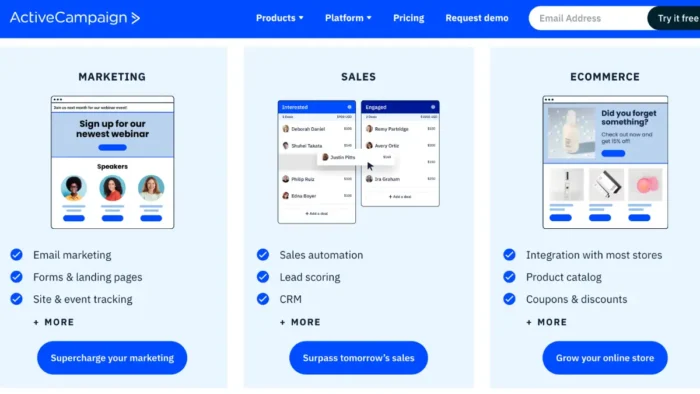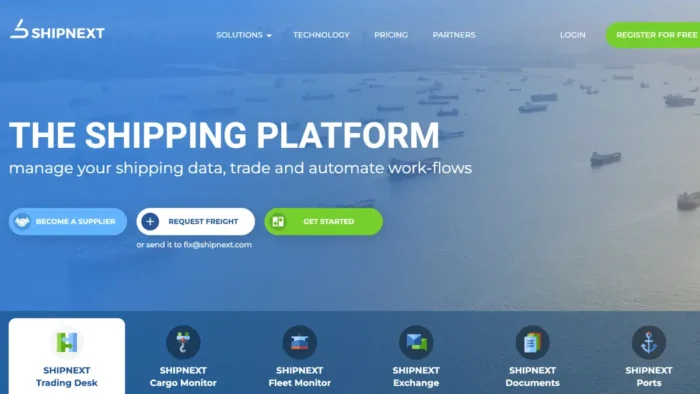Your team has decided to switch to different accounting software going forward. You are looking forward to streamlining procedures and a simple interface. However, what steps should you take to guarantee that the implementation proceeds smoothly?
While transitioning to a new accounting system is no minor undertaking, with the proper preparation, leadership, and timeline, you can ensure a seamless transition from your previous system and position your company for future digital successes. Changing to new accounting software offers numerous benefits, such as improving accounting processes and the efficiency of your financial department.
Furthermore, the following are some best practices you can apply when implementing a new accounting system. Read on.
1. Choose The Right Software
The first thing you will need to do while learning to adapt to new accounting software is select the best solution for your business and learn how to make it work for you. Today, you can pick from a wide variety of options, each with its own set of features.
The majority of modern accounting software systems are simple to operate. However, certain ones require more knowledge of accounting and technology. Thus, before purchasing an accounting software package, it is recommended that you first test out a demo version of the software and read reviews written by previous customers.
Notably, switching between software can be tempting, but a firm should have one solution for finance and accounting. If you must employ many solutions, restrict the number to avoid confusion. Additionally, keep in mind that budgeting is vital. Therefore, account for it in the overall cost of running your business.
2. Run A Pilot Program First
The pilot program is an initial implementation on a smaller scale that demonstrates the feasibility and effectiveness of the project idea. A pilot group should be organized to assess the situation.
It’s best not to send out new software to everyone at once. An enterprise-wide distribution of a problem could hurt morale. Silos between departments can be broken down by including some sales team members. Before distributing the system to other users, work out any difficulties with this group.
3. Choose Your Timing
Determine the overall period and the schedule for each step of implementing your new accounting software. Be sure you get input from all the different groups and individuals involved. Be sure to factor in leave from work for holidays, periodic business events, and other occasions as well. It is essential to post the schedule as frequently as is required to ensure that it is always accurate. Because only a small percentage of accounting software system implementation projects may be finished on time, schedule adjustments and revisions are unavoidable.

4. Test Thoroughly
Aside from running a pilot program, it’s critical to test your environment after installation and make improvements before rolling out. Conduct a ‘run-through’ of a typical business day utilizing the new system to reproduce standard transactions and procedures, and address any errors. This can help you avoid needless interruptions in vital processes and operations after using accounting software.
Accounting software integration testing is crucial. Therefore, you must ensure efficient and effective information flow by having a technical professional examine all connections and interfaces throughout development.
5. Train Your Employees
When implementing a new accounting system, many businesses overlook employee IT training. If all of your employees who will be using the system are aware of how it works and the benefits it brings to their jobs and the organization, you can boost adoption and ensure that you reap all of your software’s advantages.
6. Keep Improving
It’s easy to let things flow once you’ve implemented your strategy and are seeing positive results. But know that there’s a lot of room for growth in today’s accounting software; take advantage of all of its capabilities. Integrate effectively with powerful API, and investigate the other access applications, like HR, payroll, and project accounting.
Wrap Up
Not all business owners possess the knowledge and skill sets to implement a new accounting system effectively. The initial set-up, training of team members on how the new system operates and determining what needs to be done throughout the implementation will all be challenging aspects of the process.
Your new accounting software won’t work by luck. If everything goes according to plan, it will be the culmination of the project team’s hard work and the strategy laid out in the implementation plan. You can consider hiring an accounting software implementation partner if you need assistance. When choosing a partner, be sure they employ a tried-and-true strategy. This helps guarantee the project’s success.





